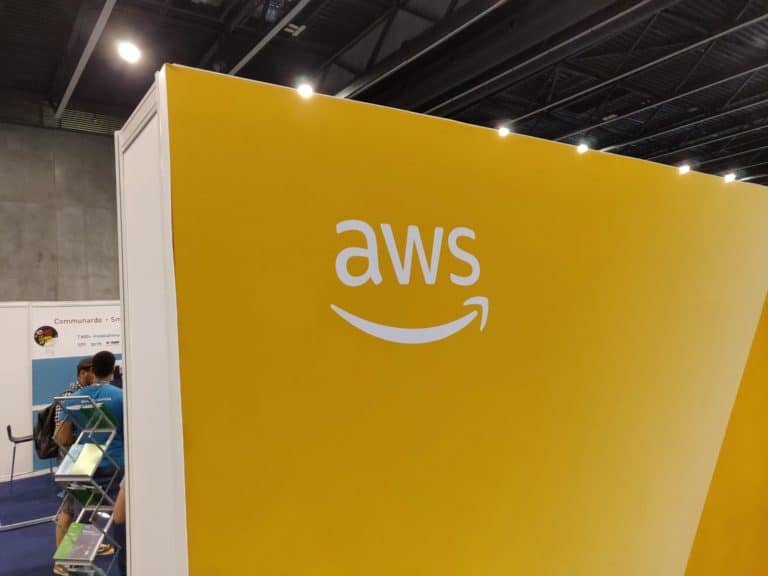Amazon Web Services (AWS) has expanded its SageMaker Artificial Intelligence (AI) service with new features that allow developers to automate key aspects of their work. SageMaker was introduced last year to reduce the amount of work involved in creating AI algorithms.
The update extends the number of algorithms. For example, AWS has added a model that can detect suspicious IP addresses and an implementation of k-means clustering. K-means clustering is a method widely used in AI software to sort images and other files by how much they look alike. Furthermore, an algorithm called Object2Vec has been added, which can be used for tasks such as analysis of sentiment.
AWS also integrates its Step Functions service and the AirFlow open source project into SageMaker. Both services are designed to automate the kind of multistep data management workflows that are commonly used in machine learning projects. The integration should help AI developers streamline the aspects of the time-consuming work.
For example, a developer could use Step Functions to collect sample records in an AWS service and use them to train an AI model in SageMaker, and then deploy that model in the company’s cloud environment.
Simplify work
Two other improvements that have been revealed relate to simplifying users’ work. The most significant is a feature called SageMaker Search. This allows developers to navigate the code base of a project faster.
The search feature rolls out along with support for the popular Git code management system. Companies can now host SageMaker projects in GitHub and in AWS’ CodeCommit, which is also built on Git. In addition, the projects can be hosted in their own code repositories.
Finally, a new version of the Snowball Edge appliance containing a GPU on board was rolled out. Snowball Edge is a device for data transport aimed at the enterprise market. Companies can provide the system with up to 50 TB of information and then physically send it to an AWS data centre. The new version with GPU is designed for video analysis and machine learning.
This news article was automatically translated from Dutch to give Techzine.eu a head start. All news articles after September 1, 2019 are written in native English and NOT translated. All our background stories are written in native English as well. For more information read our launch article.